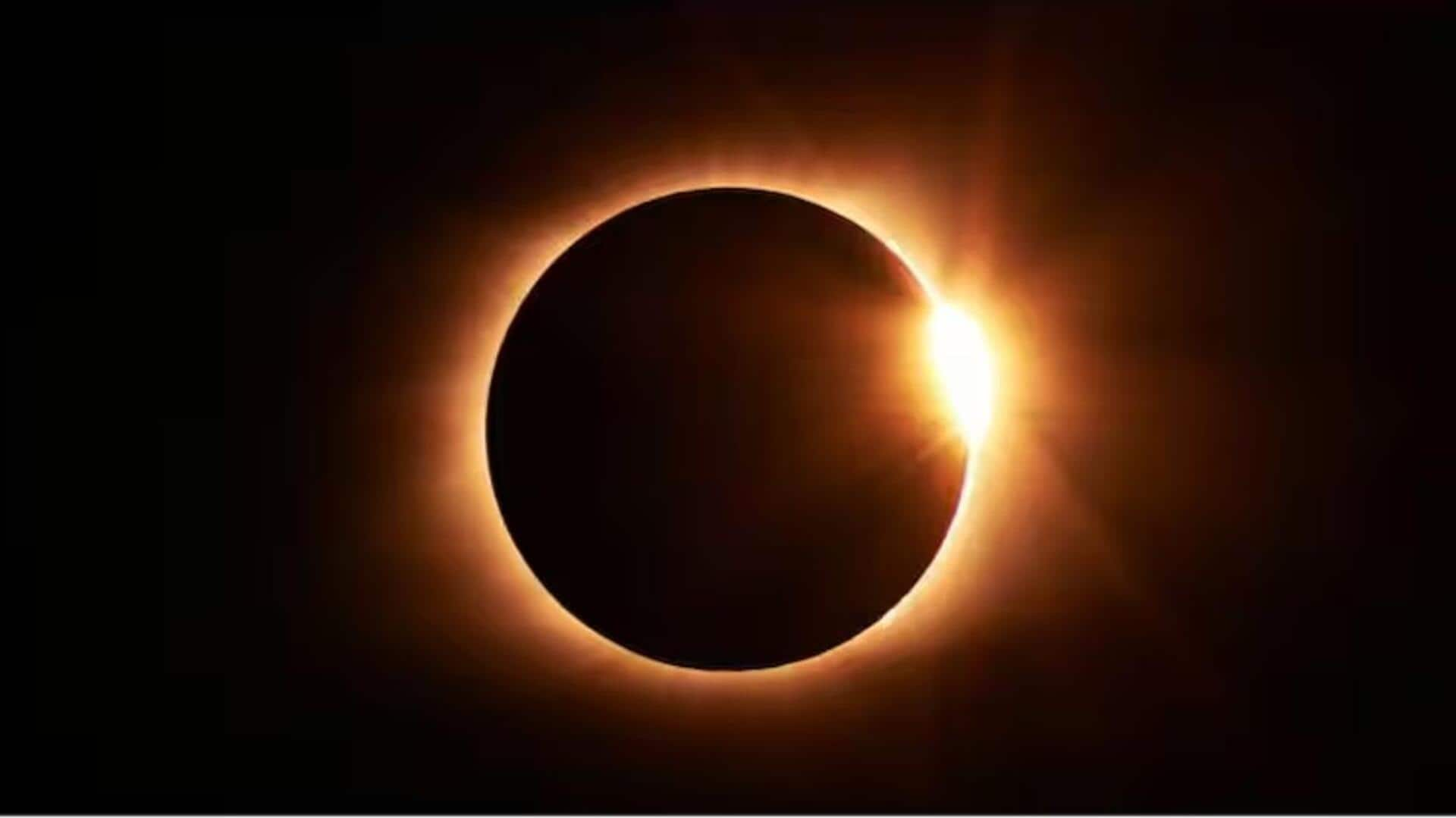
What makes the total solar eclipse in 2028 special?
What's the story
On July 22, 2028, a total solar eclipse will sweep across Australia and New Zealand. The event will be particularly special for Sydney, as it will be the first total solar eclipse visible from the city since 1857. The path of the Moon's shadow will cover a width of about 230km, with maximum totality lasting over five minutes in certain areas.
Eclipse trajectory
Path of totality will start in Indian Ocean
The total solar eclipse will start at sunrise in the Indian Ocean and pass over Cocos and Christmas Islands. It will then cross through Western Australia, Northern Territory, Queensland, New South Wales before finally reaching New Zealand across the Tasman Sea. The maximum totality of 5 minutes and 10 seconds will occur near the Drysdale River in Western Australia.
Eclipse details
Eclipse will last for over 2 hours
The total solar eclipse will last for 2 hours and 49 minutes from first landfall to final contact. It will cover a path of 11,976km with an estimated 6.3 million people living in the path of totality. Some of the prime locations where eclipse chasers are expected to gather include Direction Island and South Point on Cocos Islands, Scott Reef in Indian Ocean, and Lamarck Island in Australia among others.
Viewing conditions
Weather conditions could affect visibility
The total solar eclipse will occur on July 22, 2028, with Sydney witnessing a totality duration of around three minutes and 44 seconds. However, weather conditions could play a crucial role in viewing the eclipse. Areas such as Kununurra have been cloudy on July 22 about 11% of the time since 2000, while Bungle Bungles and Karlu Karlu have had similar cloud cover rates at 10% and 23%, respectively.
Upcoming eclipses
Next total solar eclipses after July 2028 event
Along with the total solar eclipse, a partial solar eclipse will also be visible across Australia, New Zealand, and Southeast Asia on July 22, 2028. After this event in 2028, subsequent total solar eclipses are set for November 25, 2030; November 14, 2031; March 30, 2033; March 20, 2034; September 2, 2035; July 13, 2037; and December 26, 2038.